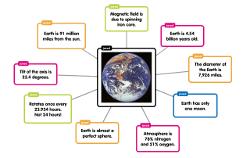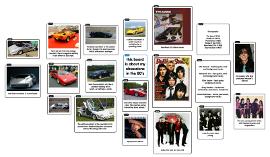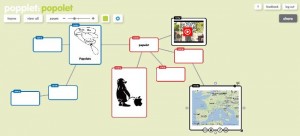At SoSciSo we always try to inform you as detailed as possible about any kind of software related to the social science research process. This means both, qualitative as well as quantitative methods and its software.
While researching this field, we often discovered excellent sites on software for quantitative methods and statistics. We do not want to simply copy and paste these informations and decided to stop researching these programmes and to give you simply the links for these excellent collections on the web. You can find it like for every other category under the programme overview in the ‘Links quantitative’ area.
A stunning collection can be found understatistiksoftware.com. There is also a special area where Free and Open Source Software is listed. Our favorites:
PSPP (“It is a Free replacement for the proprietary program SPSS, and appears very similar to it with a few exceptions.“)
R (“R is a language and environment for statistical computing and graphics. R provides a wide variety of statistical (linear and nonlinear modelling, classical statistical tests, time-series analysis, classification, clustering, …) and graphical techniques, and is highly extensible.“)
Whether the professors on the nichtlustig.de cartoon used some of these tools, to come to the relation between beans and bath foam (see the leo forum discussion where some German/English linguists discuss the topic bath foam/foam bath…whatever) or not, is hard to tell through the cartoon. One can eliminate some bias from consuming beans in ‘bacon coat’ or sauerkraut. Based on the cartoon, we can eliminate both….


